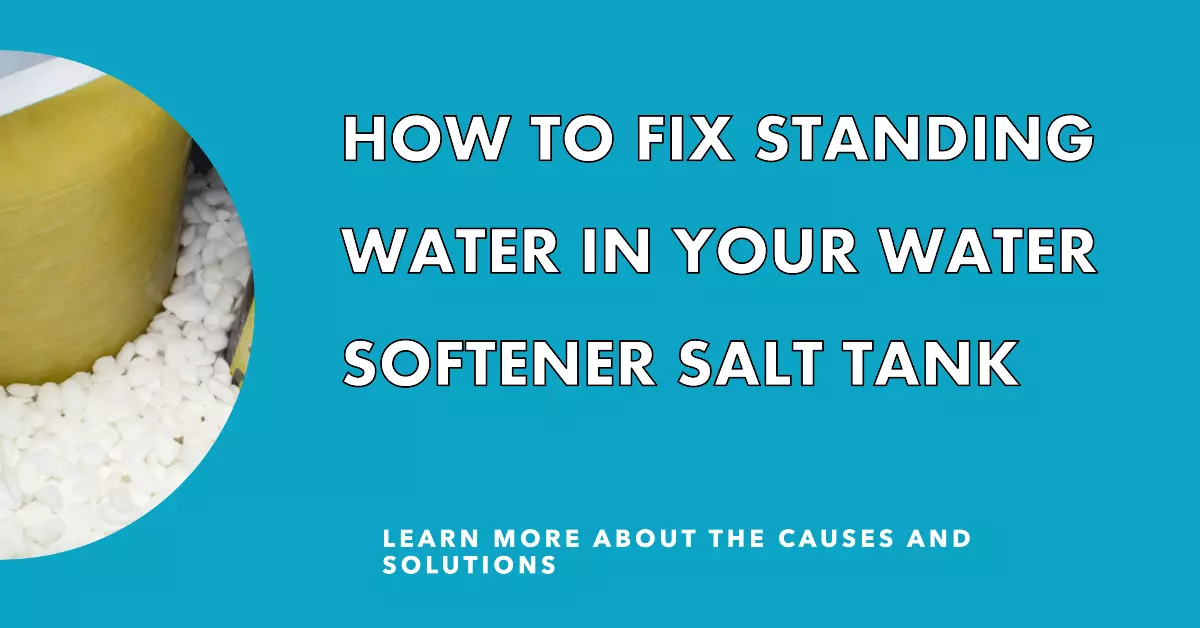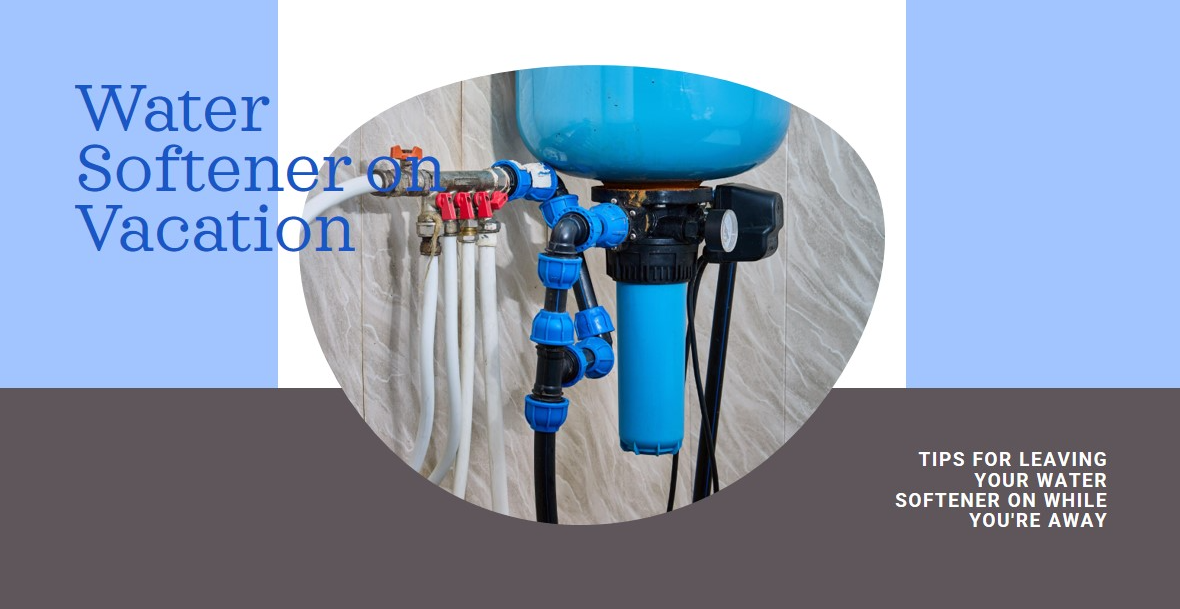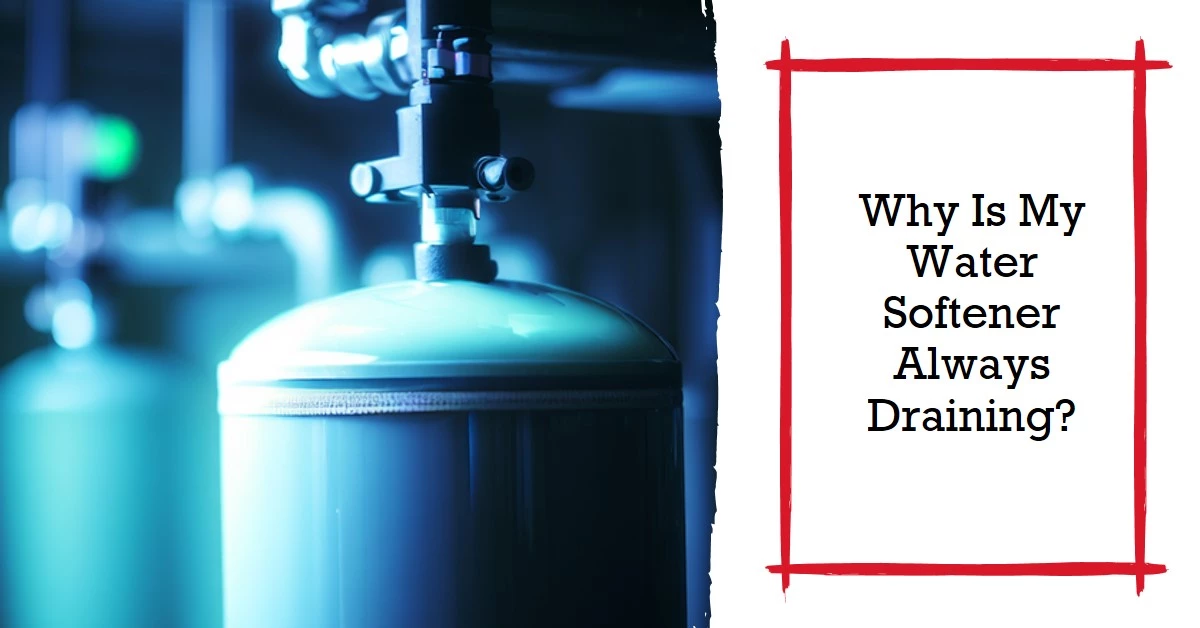Having trouble with standing water in your water softener salt tank? Worry not! In this ultimate guide, we’ll explore the causes of this issue and walk you through a step-by-step process to fix it. Let’s dive in!
Causes of Standing Water in Water Softener Salt Tank
Understanding the root causes of standing water in your salt tank is crucial. Here are some common reasons:
1. Clogged Nozzle or Venturi
A clogged nozzle or venturi can cause the brine solution to remain in the tank. Over time, sediment, dirt, or debris can accumulate and lead to blockages.
2. Malfunctioning Brine Valve
A faulty brine valve might not close properly, causing water to keep entering the salt tank.
3. Salt Bridge
A salt bridge is a hard crust that forms over the salt, preventing the brine solution from forming correctly. This can lead to standing water in the tank.
Signs of Standing Water Issues
Keep an eye out for these indicators that suggest a problem with standing water in your water softener salt tank:
1. Reduced Water Pressure
A buildup of water in the salt tank can lead to decreased water pressure throughout your home.
2. Poor Water Quality
If standing water persists, you might notice an increase in hard water symptoms, such as scale buildup or dry skin.
Step-by-Step Guide to Fixing Standing Water in Your Water Softener Salt Tank
Follow these steps to tackle standing water issues in your salt tank:
1. Turn Off the Water Softener
Before working on your water softener, always turn it off and disconnect it from the power source.
2. Check for a Salt Bridge
Inspect the salt tank for any salt bridges. Use a broom handle or similar tool to break up the crust if needed.
3. Clean the Nozzle and Venturi
Remove the nozzle and venturi assembly, then clean it thoroughly to eliminate any blockages.
4. Inspect the Brine Valve
Check the brine valve for any visible damage or wear. Replace it if necessary.
5. Perform a Manual Regeneration
After fixing the issue, run a manual regeneration cycle to ensure the system is working correctly.
Preventive Measures to Avoid Standing Water in Your Water Softener Salt Tank
Keep your water softener in tip-top shape with these preventive measures:
1. Regular Maintenance
Perform routine checkups on your water softener to catch any issues early on.
2. Proper Settings
Ensure the settings on your water softener are correct according to the manufacturer’s recommendations.
3. Timely Component Replacements
Replace worn or damaged components promptly to prevent malfunctions.
Frequently Asked Questions
1. How often should I check for standing water in my salt tank?
It’s a good idea to inspect your salt tank for standing water every month or as part of your regular maintenance routine.
2. Can I use any type of salt in my water softener?
Stick to using high-quality salt specifically designed for water softeners. Avoid using rock salt, as it contains impurities that can cause buildup and clog the system.
3. How much water should be in my water softener salt tank?
Typically, the water level should be around 3 to 6 inches above the salt. However, it’s best to refer to your manufacturer’s guidelines for the ideal water level.
4. How often should I add salt to my water softener?
Check the salt level in your tank every 4 to 6 weeks and refill as needed. Always keep the salt level at least one-fourth full to ensure proper operation.
5. How can I tell if my water softener is working properly?
If your water softener is working correctly, you should notice softer water, less scale buildup, and improved soap lathering. Additionally, perform regular maintenance and check for standing water to ensure optimal functioning.
Wrapping Up
Standing water in your water softener salt tank can cause issues if left unaddressed. By understanding the causes, recognizing the signs, and following the step-by-step guide, you can effectively fix this problem. Don’t forget to implement preventive measures to keep your water softener running smoothly. With proper care, you can enjoy soft water and extend the life of your water softener system.




